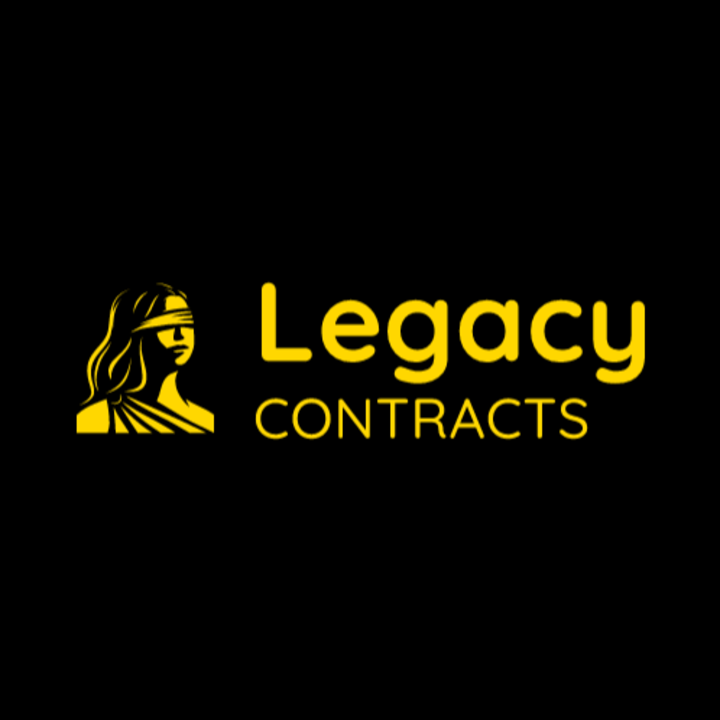The Myth of Urgency: Slowing Down to Strengthen Your Strategy
There’s an unspoken rule in the legal world: move fast or fall behind. Emails, filings, deadlines, client calls, all racing toward invisible finish lines that never quite mark “done.” Somewhere along the way, urgency became a badge of honor while stillness became a liability.
But what if that belief is the real threat to your practice?
The Performance of Pressure
Attorneys often learn to equate movement with momentum. The inbox is cleared, the hours are billed, and the day is “productive.” Yet beneath that pace, many experience a quiet erosion, not of skill, but of clarity. Urgency demands reaction. Strategy requires reflection. The former keeps you busy; the latter keeps you effective.
When everything feels urgent, you lose the ability to distinguish between what’s important and what’s simply loud.
When Systems Become a Sanctuary
This is where systems do more than streamline; they protect. A well-designed workflow isn’t just about efficiency; it’s about creating a buffer between your instinct to sprint and your need to see the full map. When your processes hold the weight of repetition, you regain space to think, question, and lead from intention instead of adrenaline.
At Legacy Contracts, we often say that good systems slow you down just enough to notice the right next move, not the fastest one.
Reclaiming the Pace of Precision
Imagine your calendar not as a battlefield, but as choreography. Each case, each client, each motion has its rhythm. The attorney who learns to listen, to pause before responding, to assess before acting, gains something urgency never gives: precision. The myth of urgency convinces you that speed is safety.
But in practice, a strategy born from stillness almost always wins the long game.
The Strategic Pause
There’s a reason slowing down feels uncomfortable: it exposes how much we’ve come to equate urgency with importance. But stillness isn’t stagnation. It’s space, and in that space, strategy begins. At Legacy Contracts, we call this moment The Strategic Pause. It’s a three-step framework designed to help you slow down with intention, not avoidance, to make space for clarity before committing to motion.
It begins with a single question:
What outcome am I protecting by rushing?
When you sit with that question, even briefly, you’ll often find that the rush isn’t about the task; it’s about fear. Fear of delay, fear of disappointment, fear of uncertainty. The pause isn’t there to erase those emotions. It’s there to clarify what they’re guarding.
Here’s how to practice it:
Step 1: Observe the Instinct
Before you react, take a breath and notice what’s pulling you forward. Is it a deadline, an expectation, or simply the discomfort of stillness?
Naming the instinct lets you separate urgency from necessity.
Reflection prompt: What story am I telling myself about what happens if I don’t move right now?
Step 2: Reconnect with the Objective
Ask yourself what the real goal is, not the immediate one, but the meaningful one. If you’re drafting a motion, is the goal to meet the filing time or to strengthen the argument? If you’re replying to a client, is it to appear responsive or to ensure they feel understood?
When you reconnect with your true objective, you start working from alignment, not adrenaline.
Reflection prompt: What am I actually trying to accomplish, and does this action serve that outcome?
Step 3: Redefine the Response
Once you’ve observed and reconnected, choose the next step from a grounded place. Sometimes that means moving forward, but often, it means adjusting pace, asking for clarity, or reworking your timeline. Strategic pauses don’t slow your practice down; they calibrate it.
They transform reaction into response, and response into leadership.
Reflection prompt: What’s the smallest, calmest next move that still honors momentum?
Slowing down with purpose isn’t a weakness; it’s a discipline. Each pause becomes a micro-boundary between chaos and clarity, reminding you that your value as an attorney isn’t measured by how fast you move, but by how precisely you decide.
Because urgency can build moments, but only strategy builds legacy.
Slowness as a Strength
To slow down is not to disengage. It’s to anchor. To lead a firm or manage a case with calm discipline in a frantic world is radical and deeply persuasive. Your clients feel it. Your team mirrors it. Your practice expands around it. Urgency doesn’t build legacy.
Steady, intentional motion does.
At Legacy Contracts, we help attorneys build the structures that let them breathe, systems that turn urgency into rhythm, and rhythm into results.
Want to listen to this blog? Check out our AI-generated voiceover on our YouTube channel: https://youtu.be/8qALJtYxgXs
Or if you want to hear the story behind this idea and how it came to be? Listen to this week’s Behind the Concept episode on Spotify or wherever you get your podcasts: https://open.spotify.com/episode/4Rf62ry4zRgydHGCCdBorS?si=zABIX6DeQCWwOtO_FCGClg










